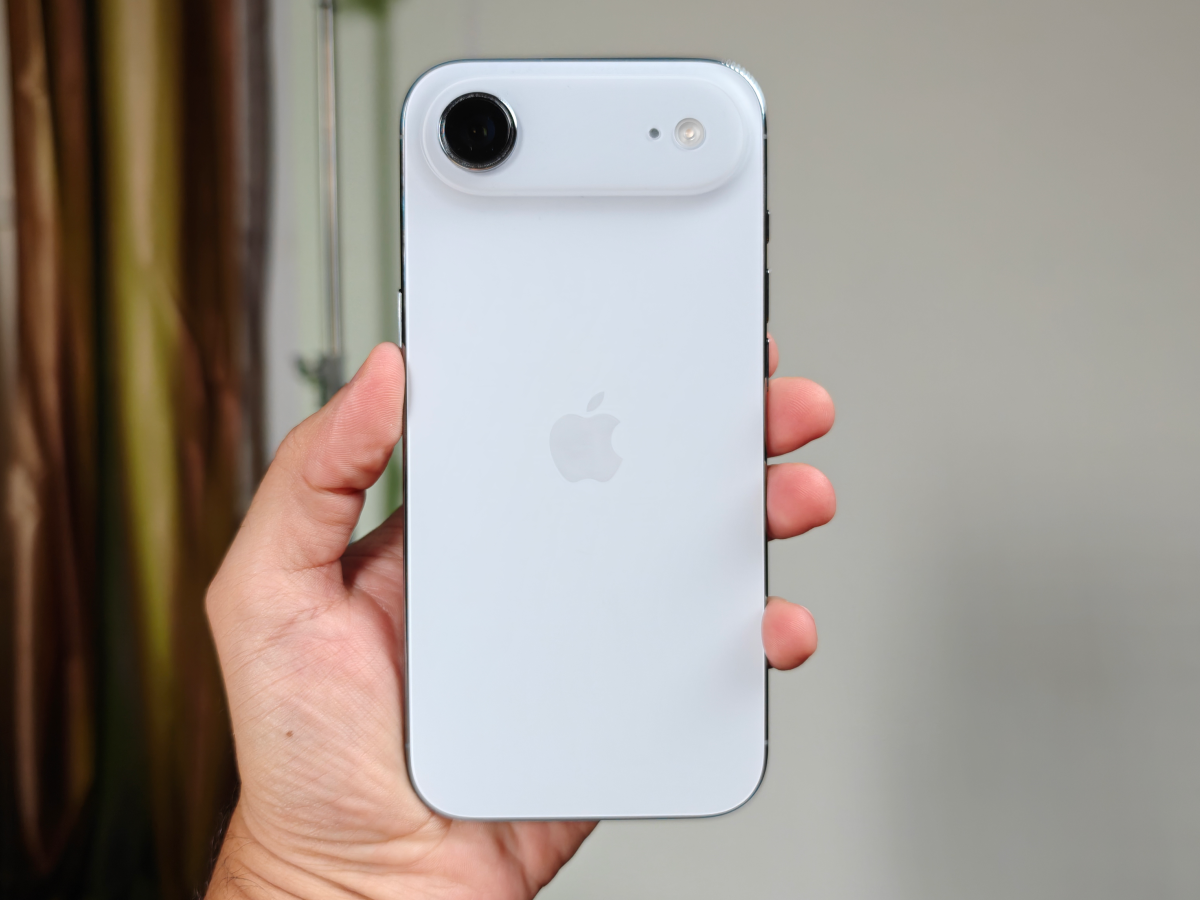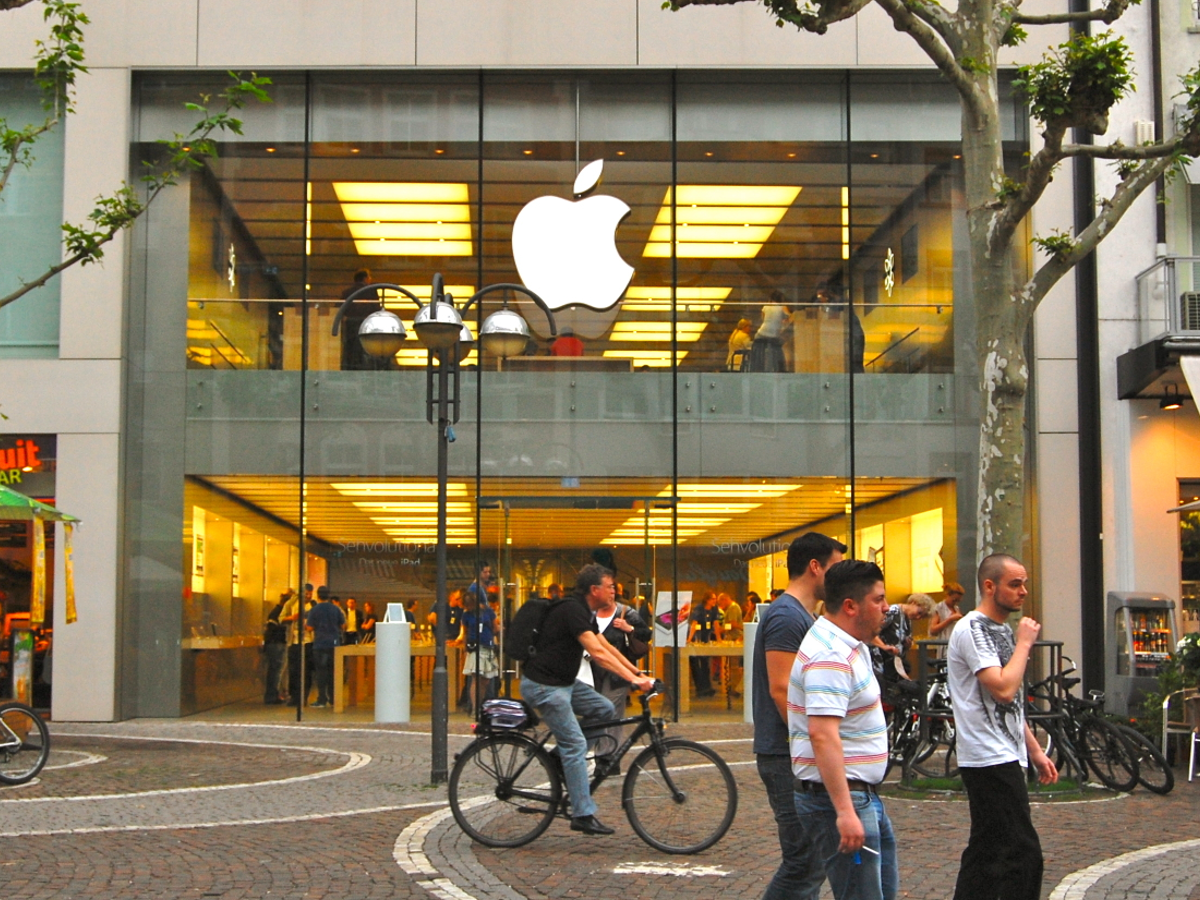Remember that scene in Avengers: Endgame where Tony Stark obsesses over the math of time travel, tweaking one tiny variable at a time until it works? That's exactly what manufacturing feels like. Progress isn't one big leap - it's thousands of small, invisible adjustments that add up to something world-changing.
After two decades in operations and manufacturing, I can't help but see the same Stark-like obsession that would equate a beverage bottle and the iPhone 17. The very principles we used to shave grams off plastic bottles have guided how the iPhone 17 is built - lighter, sleeker, tougher. The products are different, the stakes are different, but the hidden playbook remains the same: cut waste, keep quality flawless, and never stop improving.
ALSO SEE: Apple iPhone Air review


